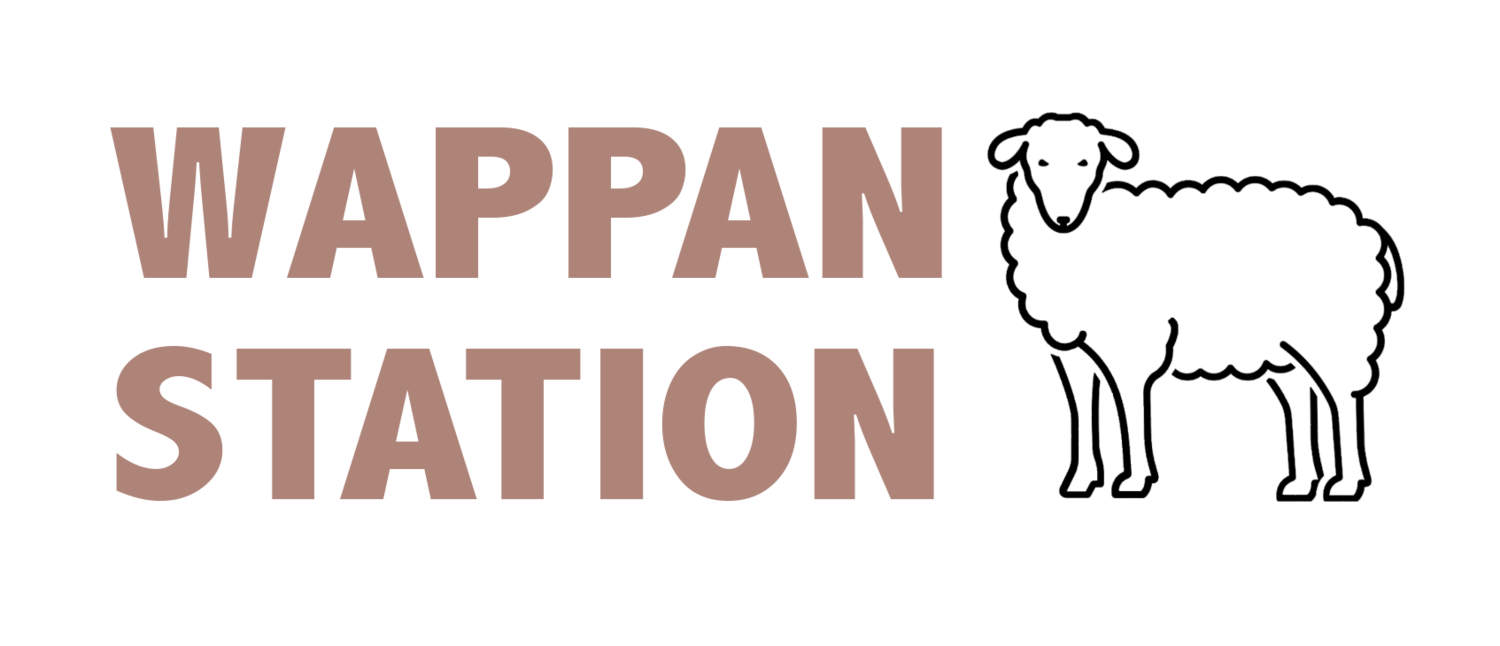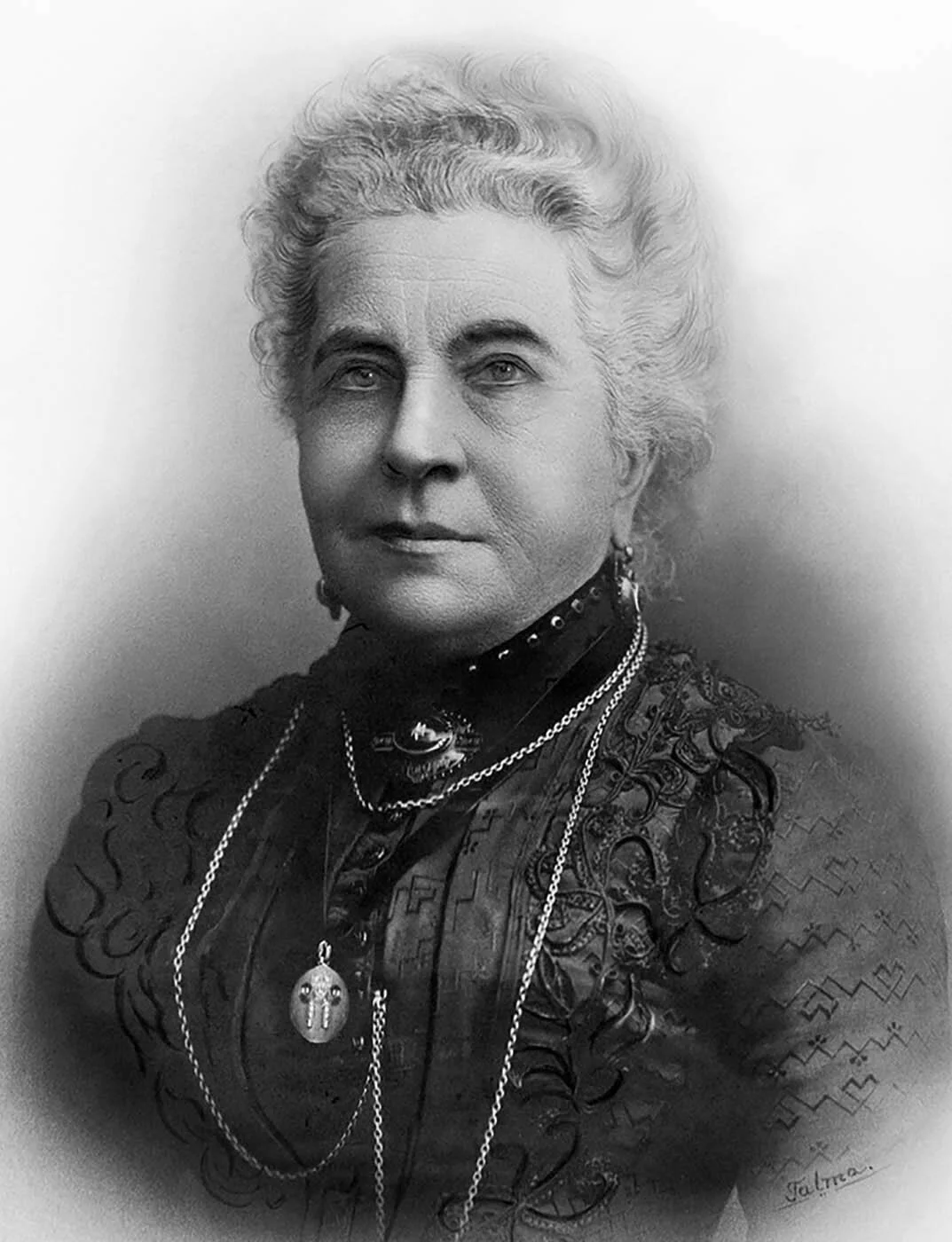Wappan Station provides one ‘good news story’ in the often heart-breaking history of Aborigines in Victoria.
The Delatite region was inhabited by the Aboriginal clan known as the Taungurung for tens of thousands of years before European settlers arrived. However as settlement moved from New South Wales into Victoria in the 1830, frontier violence erupted.
In particular, in April 1838, seven members of an expedition party (the Faithfull brothers) were killed by Aborigines at Winding Swamp on the banks of the Broken River (now Benalla).
This resulted in what is known as the ‘retaliatory massacres’ and sustained extermination of ‘troublesome native vermin’ by European settlers in the region. In just under twenty years, the Aboriginal population of Victoria was more than halved.
Wappan Homestead circa 1880 on the banks of the Delatite River, Bonnie Doon
JoHn Bon
However, some Taungurung (from the Yeerun-illum-balluk language group) survived and were led to safety at Wappan Station by their ngurungaeta (leader), Baalwick, where they were given sanctuary by station manager, John Bon.
In 1845, following a temporary decline in wool and livestock John Bon purchased Wappan Station and continued to employ Aboriginal stockmen. He was known as a fair and compassionate man – one of the few pastoralists of his day who paid indigenous workers and allowed them to continue their traditional lifestyle. At any one time there were over 500 natives camped along the river flats at Wappan.
Baalwick remained devoted to John Bon and was buried on the property when he died. Baalwick’s son, Birdarak (or Thomas Banfield) led some of the remaining Taungurung people to Coranderrk, Healesville in the early 1860s.
John Bon
Anne Fraser Bon
After John Bon’s death in 1868, his wife Anne Bon continued to farm the station. She became a champion of Aboriginal rights until her death in 1936.
In the 1850s, when John Bon brought his young wife Anne from Scotland to Wappan Station there was no town of Mansfield, no services and no doctor. The Bons lived a pioneering life, with few luxuries in a virtually self-contained community.
Anne Fraser Bon bore five children to John. Following the death of her first child, Anne turned for solace to the Aborigines on Wappan Station, in particular she formed a close spiritual bond with visiting Wurundjeri elder, William Barak, who had also suffered the death of a child. William Barak later settled in Coranderrk, Healesville.
When her husband John died in 1868, Anne was determined to raise her four children and continued to run Wappan Station while also becoming a strong Aboriginal rights activist. She was a formidable woman. Locally dubbed the ‘widow of Wappan’, she became a thorn in the side of the Board for the Protection of Aborigines (BPA) and was the first woman appointed to the Board in 1904, holding this position until her death in 1936.
Mrs Bon spent the last six of her 99 years residing at the Windsor Hotel in Melbourne after Wappan Station was compulsorily acquired.
Lake Eildon
In the 1920s, the State Rivers and Water Commission compulsorily acquired Wappan Station from Anne Bon pending the building of the Sugar Loaf Dam. When the waters did not flood the land, it was resold to the Tehan family in 1934.
Then, in 1952, construction was started on Eildon Weir, ten times larger than Sugarloaf. This time Wappan would definitely be flooded, so once again the Water Commission acquired the land.
With flooding imminent, the Tehan family dismantled the Wappan homestead brick by brick and rebuilt it on higher ground.
Foundations of the original Wappan homestead and cattle yards emerged from the receded waters of Lake Eildon during the drought of 2002.
In 2011, the waters of Lake Eildon rose again to lap on the edges of Wappan Station, making it one of the most sought after farm stays in Mansfield, Victoria.
Anne Fraser Bon





